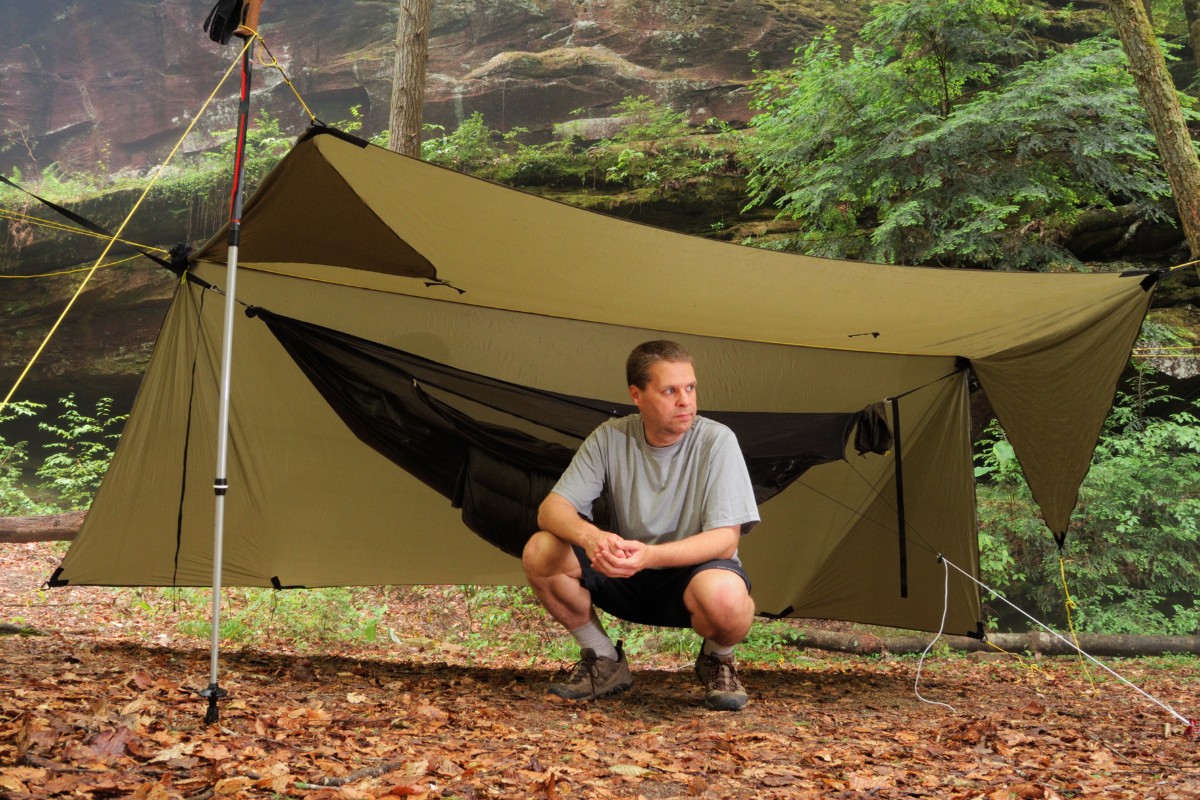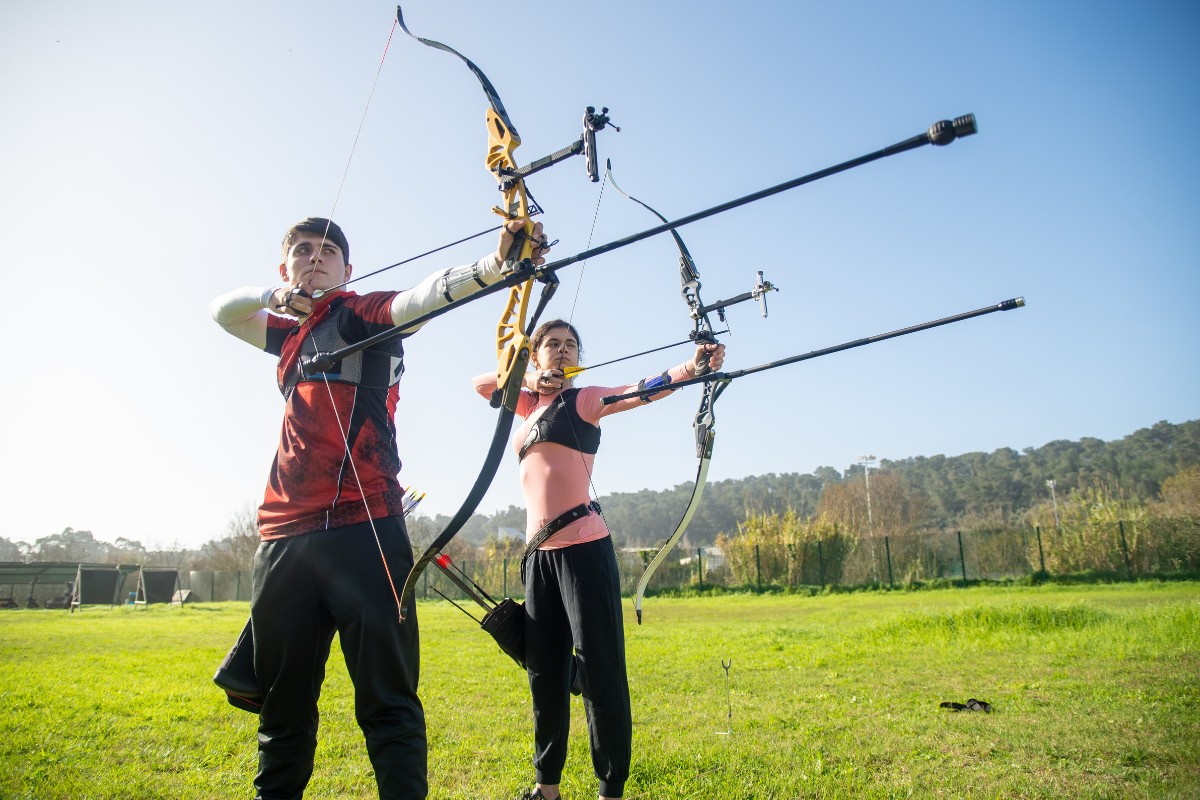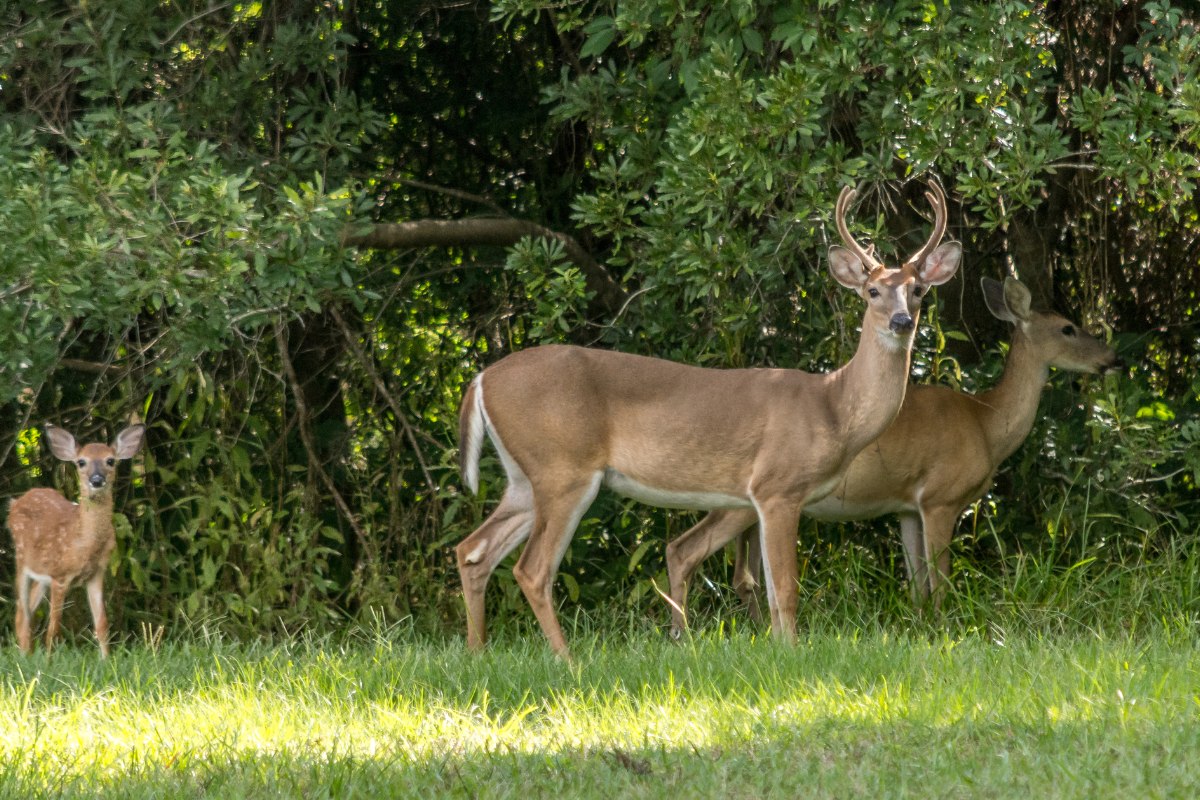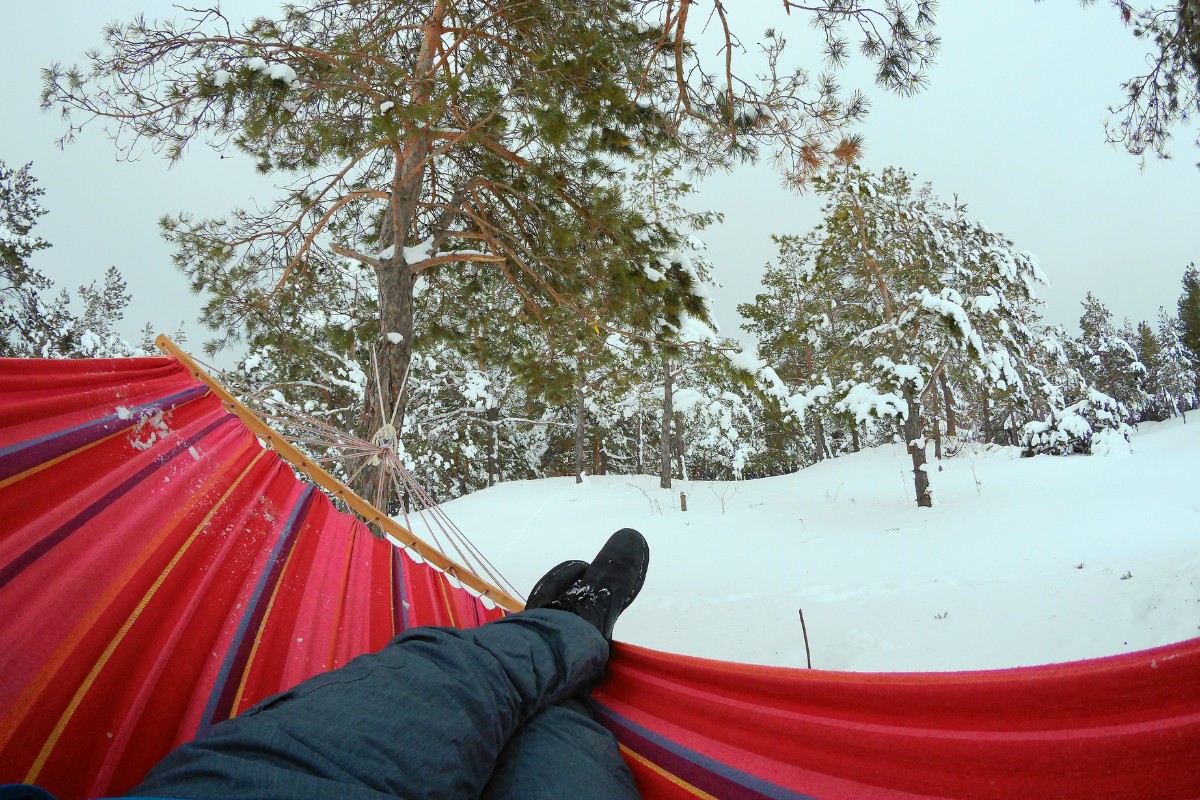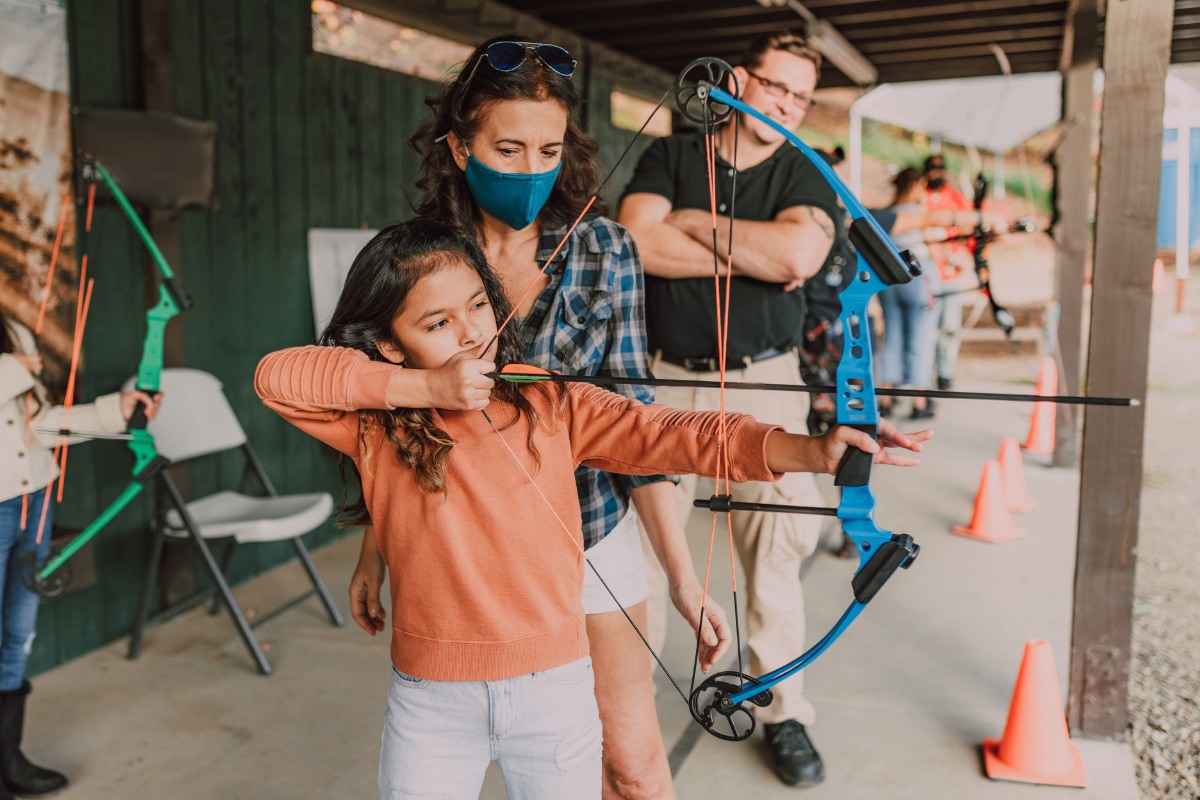Hunting is one of those sports where you can face a hefty price tag during your inaugural seasons but the annual deficit decreases over time, or at least it shifts from entry-level items to higher-end models or more adventurous hunting trips. So, if you describe some of the basic, essential equipment to a person who has never hunted but wants to jump in, he might be shocked and not realize exactly how much of a financial investment he could be about to make.
There are many gadgets and gizmos on the market that we don’t need or can’t afford, but one thing is for sure, and that is the sport of hunting cannot afford to lose future members due to financial constraints. Here is some advice to help you get started by identifying the required, recommended, and advanced items you will need without breaking the bank.
State Laws and Regulations
Hunter’s Safety Course (HSC)
All states require anyone born after 1976 to provide proof of completion of an HSC in order to purchase a valid hunting license. These courses are a fantastic beginning for all hunters of all ages as they will cover everything from the safe handling of firearms and bows, animal anatomy, weapons and ammunition, and the best scenarios for taking a safe shot. After all, once you pull that trigger, there’s no taking it back.
It’s recommended that all new hunters complete an HSC, regardless of whether it is required or not. These courses are relatively inexpensive, but prices can vary from state to state. Always schedule a class well in advance of hunting season, as they tend to fill up very quickly.
Licenses
Licenses are required for most hunting in most states, so check the game laws in your state prior to hunting. In-state hunting licenses and game tags are always less expensive than out-of-state licenses as a way of reminding everyone that it is a privilege to hunt in that state.
Only buy the licenses, stamps, and tags that you will need. For example, purchasing a waterfowl stamp when you have no intention of hunting waterfowl would have been foolish and wasteful. There are plenty of other things for which you will need your money. As a beginner, start out hunting locally. Out-of-state fees can be outrageous and booking expensive trophy hunts when you have not fully mastered the skills of hunting yet will only leave you at a disadvantage and possibly an empty wallet with nothing to show for it.
Ask Permission
If you have family or friends in the area with sufficient acreage to hunt, that is a great start. Or you can knock on someone’s door and ask permission. When asking permission, you will most likely get the cold shoulder a few times until you get lucky and find someone who is agreeable. Don’t get discouraged. Just try to put yourself in their shoes.
For example, imagine a complete stranger at your door unannounced who wants to hunt. Will you let him? So, always remember that you are now an ambassador for the sport. So remain polite and courteous, and let them know that you appreciate their time and the opportunity. If they voice their concerns, such as “I don’t want anyone with a gun shooting near my house,” try to remind them of your safety qualifications, or if you’re a bow hunter, offer to bow hunt only, and explain the limitations inherent with using a bow and arrow.
Farmers often rejoice with the idea of someone reducing the crop ravaging deer herd, but they may already have granted permission to others, leaving you out of the mix. That’s ok, but make sure they have your name and phone number in case they change their minds or something opens up. Be persistent without being annoying. Check in with them every season, just to keep your name in their mind, but be careful not to overdo it and be too pushy.
Obtaining permission is all about making connections and getting your foot in the door. Maybe you went to school with them or their children, they know your parents or family, anything that you can find to initiate trust will help you along the way. Most folks who grant permission want little in return other than for you to be safe and respect their property, but offering some game meat from the animal you are hunting would be a nice gesture.
Some may ask for, or you may offer a financial fee (hunting lease), but you should try to keep money out of it if possible. Money can muddy the waters on what could otherwise be just a good-faith understanding between two future friends, not to mention that it blows your budget.
Public Land
Public land hunting is always an option, especially for new hunters or if you are new to an area. You can find numerous hunts taking place in National Forest or Wildlife Management Areas (WMA’s). These areas are typically wilderness areas for a reason, usually being that they are rugged, steep, wet, swampy, or otherwise unsuitable for development or farming. That makes them great refuges for game and great hunting opportunities for us.
However, depending upon where you are and what land you are hunting, you may experience a lot of hunting pressure from others, have to be ready to go the extra mile, literally, to find game, or the numbers of game may be more scarce. Some of these areas are honey holes with big bucks and longbeards and others have good small game populations but lack the larger species. The only way to know is to check it out and do your scouting. Don’t trust word of mouth because we all know hunters can be very sneaky when it comes to protecting the location of the game they hunt.
Saving on Equipment
It’s all about who you know when it comes to saving on equipment. Hand-me-downs from older siblings, parents, uncles, good friends, etc. will save you a ton of cash compared to buying new, even if it is just to borrow for the season like a rangefinder.
Camouflage clothing, a pair of boots, and especially the weapon of choice will be major bucks in years to come. Plus, it allows you to get a taste of hunting without sinking a lot of dough into it should you decide it’s not for you. Yard sales, garage sales, and flea markets are also good places to buy inexpensive gear. Army fatigues serve as great camo for the beginner and many seasoned hunters alike and neutral colored book-bags can make a suitable hunting pack replacement.
Buying used vs new equipment will always be less expensive, but you want to be careful not to buy technology that is obsolete or won’t work for you. Rifles and shotguns are timeless weapons, meaning that so long as they are in good condition and properly maintained, they will fire as true at 100 years old as they did the day they were made. The importance is making this purchase from a reputable gun shop, gunsmith, or having an experienced friend with you to check it out for you.
No, long bows and recurves are not obsolete because of the modern compound or crossbows. But it’s not recommended for beginners as they require a good deal of skill and understanding of the form and function of a bow. Compound bows are tuned to the specific shooter. Older bows (over 8 years old) usually lack the technology to make them as flexible in fitting a wide range of users as the newer bows.
Primarily, we are talking about draw length. Today’s bows usually have draw lengths between 26″~31″ and can be adjusted in some cases by 1/2″ increments. This is great news for young bow hunters, for it allows plenty of room for the bow to grow with the shooter.
The second attribute of a bow to suggest new shooters to look for is the brace height. The brace height is measured from the back of the grip to the string when the bow is relaxed. The longer this distance, the more forgiving the bow will be, which should help your accuracy. Bows with shorter brace heights will generate more arrow speed but don’t get caught up in all the hooplah about speed. Accuracy is what kills.
If you are a newbie, you could look for a quality used bow first. Many bow shops will carry older bows that were trade-ins and can be purchased at a great price. However, if you want a new bow, there are many mid-range bows to choose from made by the subsidiary companies of the big boys. The top three bows in production are Hoyt, Mathews, and Bowtech. Each of these brands has subsidiary companies that produce quality bows without the big price tags. Those are Reflex (no longer available), Mission, and Diamond, respectively. These bows can often be purchased as a package deal with your accessories and ready to shoot when you walk out the door for around $350-600. Other quality bows would be Bear, PSE, or Martin. A top-end bow can run $1,000 without the sights, rest, stabilizer, quiver, etc. that will be needed.
Caution to All New Bow Hunters
Bow hunting is one of the most rewarding styles of hunting whitetails. Say your effective range is about 40 yards. Therefore, you have to do all the hard work needed to put yourself into a position undetected so that one of the most wary animals in the woods will walk within 120 feet of you when he/she could go anywhere else.
The challenge is appealing but very difficult. So be aware should you choose to start bow hunting. It will be challenging and you may not find success right away. But when you do, your own sense of pride and accomplishment for achieving such a difficult task will be written on your face from ear to ear.
The Fundamental and Advanced Equipment
Quality Weapon
Used or mid-level (bow).
Cleaning Kit (Rifle or Shotgun)
Versatile kits will include multiple rods, brushes, patches, oils, and solvents for a variety of calibers and gauges. It is always important to keep your weapon clean after each use.
Average Ammunition
High-performance cartridges, shells, broadheads and arrows will be less important than quality mid-level items at self-imposed limited ranges that under 150 yards for a rifle and 25 yards or less with a bow is suggested.
Target
Rifle and shotgun targets can be as simple as drawing a dot on a cardboard box and finding a safe backstop. But bow targets are more complex: broadhead targets, field tip targets, combo targets, layered targets, bag targets, etc. It’s suggested to build your own “rag target” by building a box with wooden ends, bottom, back, with a hinged top and a chicken wire front that is 24″ deep front to back.
Stuff the box as tight as possible with old towels, comforters, blankets, etc. When tightly packed/compressed, these rags will stop an arrow as efficiently as the store-bought foam layered targets. But they are for field tips only and you will need to be sure the tip is not wider than the arrow shaft, or it will snag when trying to remove the arrow. Compressed layered store-bought targets will provide you with durability for many years of service. Regular Styrofoam targets will wear out quickly and are not suitable for today’s fast shooting bows.
Quality Bow Release
The release is your only attachment to the arrow/string and the last thing you do before sending the arrow to its target. You want a quality release that is reliable, durable, smooth, and comfortable. A Tru-Fire release that has a wrist strap, and narrow neck can settle comfortably in the palm of your hand. For instance, a personal preference for trigger style is where you pull the trigger to open the release as opposed to somewhere the release remains open and you must push the trigger from behind to close it. Prices for releases can go through the roof but most of the higher-priced models are meant for competition shooters.
Comfortable Boots
If you are warm, comfortable, and dry, you will have a much more pleasurable experience. Although rubber boots are normally preferred for deer to minimize scent, hiking boots would be a good start as they are more versatile for non-hunting use and could be used later for turkey or small game hunts.
Camouflage
Again, it is important to be successful, especially with a bow, but it does not need to be $200 for a pair of expensive pants. Appropriate clothing for the weather conditions is what you need to be most concerned about. Purchase a warm-season set and a medium-weight set. If you hunt late season in colder climates, wear additional layers under your medium set.
Knife
One thing that hasn’t been discussed is a quality knife. Investing in a good knife that is sharp, durable, and holds its edge well is a must. It will make cleaning, skinning, and butchering game so much easier, saving you a lot of time. It is also safer to work with than a dull knife. This seems counterintuitive but with a dull knife, you are fighting it as you cut, which can lead to a slip and injury. Sharp knives cut easily and with less frustration. A Browning 3-blade folding knife has a gut hook, skinning blade, and saw in one unit, making it very versatile when field dressing and butchering deer.
Treestand & Steps or Ground Blind
Hopefully if this is your first season, you have a friend who can let you borrow a stand or hunt one of theirs. If not, a ladder stand is a great option. It is safe and offers security to a hunter who may not have a lot of experience being in a tree, and they are typically limited in heights from 12-16′ ($100-$300).
Climbing stands are another safe, easy-to-use stand, although more expensive ($200-$400). A lock-on stand will be your most affordable and least comfortable. Although higher-end models sell for as high as $300, economical versions are available for less than $70. But you will need the additional purchase of steps.
Winders will offer you a chance to get into crooked or gnarley trunked trees, but the climbing sticks may be a better way to go for the inexperienced climber. They are easy to install on straight trunk trees and are similar to climbing a ladder. Price varies among brands and styles but you would probably be looking at $80-$150 for 16-20 feet of height. Finally, a ground blind ($100-$200) will offer the greatest security by keeping you on the ground and at an exciting eye level with the deer.
Safety Harness
A quality safety harness is something you do not want to skimp on and is absolutely a must when hunting from a treestand. Hunter safety systems or other brands can run over $100 but they are well worth it. It’s also suggested getting one with a linesman’s belt. It is worth its weight in gold when hanging treestands.
Scent Control Spray
For a few dollars you can take some simple measures to help fool a deer’s #1 defense, his nose.
Misc
A few little things are always great to keep in your pack, such as: bow rope, string wax (bow), Allen wrenches (bow tuning), deer drag, accessory hooks, a flashlight, and a wind indicator.
This list is composed of the items that could be held off until you are sure that you enjoy the sport of hunting and are ready for the financial commitment:
Rangefinder
It will improve your accuracy greatly when you no longer have to guess your yardage. This will allow you to shoot tighter groups and expand your range as you take aim with confidence.
Binoculars
Binoculars are definitely an asset for spotting deer from long distances and through brush. It’s recommended to get the best you can afford and to consider two pairs: stronger optics for when hunting long-range or open fields and a smaller set for hunting wooded or denser areas.
Multiple Stands
Having more than one setup available will offer you the flexibility to hunt locations based on the deer’s behavior and wind direction.
Navigational Tool
If you’re hunting large areas of National Forest, especially for the first time, it can be easy to become disoriented. Having reliable navigational tools will give you the confidence to get in and most importantly, out of your hunting area.
Trail Cameras
These cameras are addictive and a lot of fun, not to mention a great scouting tool.
More Scent Control Devices
Neutralizers, detergents, proper storage containers, etc., will all help to reduce the amount of human and unnatural odors that you take into the woods.
Calls and Scents
The use of calls and scents to attract whitetail deer can be very successful and exciting. But since the use of these items can require a little more advanced skill and understanding of when and how to use them, it may not be the most important purchase your first year out.
Additional Boots of Different Insulation Grades
Keeping your feet warm/cool will keep you comfortable and in the stand longer throughout the season.
ATV
When legal or allowed, these machines are great for saving time and work when hanging treestands, accessing hunting areas, and getting game, yourself, and hunting buddies out of the woods. Definitely not required equipment, but when using one you will be spoiled.
The list can go on and on, and eventually, you will figure out on your own what you need and what you can do without. It sounds expensive, and it can be, especially when you are starting out with nothing. Remember that it is ok to take advantage of hand-me-downs and used equipment so long as it still functions safely and properly.
Utilize all resources available to you when it comes to selecting the right equipment for you. Manufacturers’ websites, store associates, and online resources can offer you a lot of information from specifications to practical experience. All you have to do is ask.
Most items you purchase will last you several years to come, so buying quality items now will save you money in the long run, but may be not a good idea until after you catch the hunting fever. Give yourself a budget and stick to it. Don’t forget to add hunting items to Christmas and birthday lists too. The beginning hunter needs a lot and can solve a lot of friends’ and family members’ headaches when trying to decide what to get someone during the holidays.
Rewards of Hunting
The sport of hunting offers many rewards to those who participate like emotional rewards such as getting away and back into nature, the excitement and thrill of the hunt, a sense of accomplishment when you’re successful, sharing the experience with others, and the enjoyment of watching wildlife in its natural setting, among others.
All of these rewards are priceless to you and to most hunters. When you hear someone say they love to “hunt,” notice they didn’t say “I love to kill.” Because hunting goes so far beyond pulling the trigger. The actual kill is just the culmination of months/years of hard work, planning, preparations, dedication, practice, and experience that resulted in the harvest of a beautiful animal to be enjoyed and celebrated.
Intrinsic Value of Hunting
But since this article has been about the financial strain associated with getting started, you may also want to learn about the intrinsic value of hunting. The sport of hunting is a multi-billion dollar industry each year. Portions of license fees go directly to conservation efforts for all wildlife product manufacturers and retail stores, which provide employment opportunities for hundreds of thousands of Americans, and the individual hunter benefits as well.
Trappers and fur hunters sell their pelts for profit, predator species often have a bounty assessed by state agencies when their populations exceed desired numbers, and don’t forget the savings at the supermarket. Have you strolled down the meat aisle lately? It’s leaner, healthier, and without the hormones and steroids pumped into beef cattle. Even your “happy cows” or the “organically” raised cattle are less healthy than venison. What could be more “natural?” Just about any cut of beef is available from a deer with the proper knowledge and if prepared properly, without the “gamey” flavor.
Pro hunters can rely heavily on the wild game to harvest throughout the year instead of simply purchasing meat from the butcher or supermarket. Say if you are fortunate to harvest a large bodied mature buck that field dressed over 200 lbs and had an estimated live weight of about 240-250 lbs. A typical meat yield from a deer is about 40% of its live weight. Therefore, this one deer can provide your family with 100 lbs of venison burger, steaks, roasts, tenderloin, and stew meat. Let’s say the average cost of equivalent cuts of beef from a supermarket is $5.00 per lb (it’s probably more). That one deer can save you $500 in grocery bills! Harvesting several doses of meat will stock your freezer and save your wallet even more.
You can see how dedicating yourself to being successful can offset the costs of all the items covered above. Hope this article has prepared you for the potential costs involved when learning to hunt and reminded you of the rewards that hunting can bring. Whether you start modestly or dive right in, no doubt you will love it!



